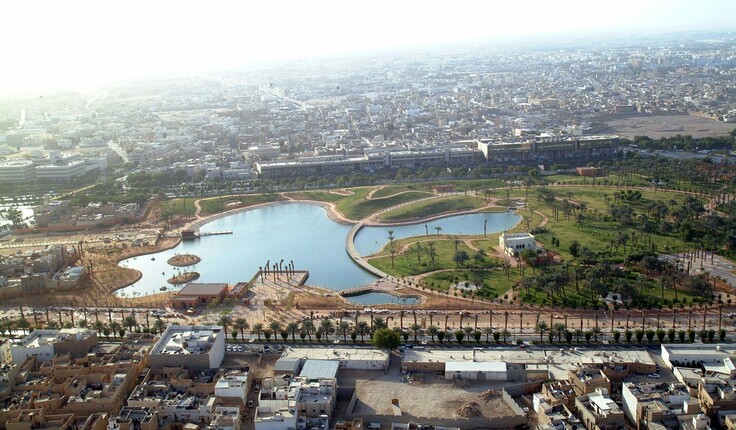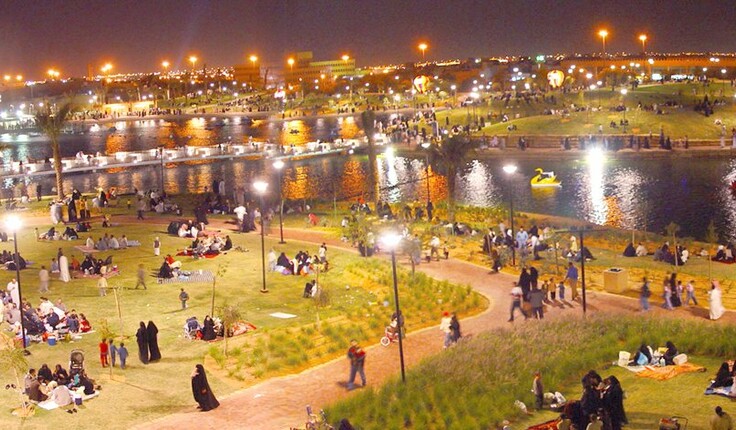News
Nick Rae - urban design solutions
Posted 22 04 2022
in News

Nick Rae is the director of Transurban in Auckland, a firm started by his father Barry in the 1980s in Hamilton. Over the years the business has transitioned from specialising in architectural services to providing urban design and planning services. Barry promoted urban design in New Zealand based on his study in Athens at the centre of Ekistics, which translates to the Science of Human Settlements. This philosophy underpins Transurban today.
LAA: What drew you to landscape architecture?
NR: My passion at school was in art and horticulture. I love growing plants and our natural environment. My father was an architect so I have a design background around human spaces and landscape architecture was a good synthesis of these elements into my working life.
LAA: Why did you head overseas to work and study?
NR: I followed the many kiwi’s who travel to gain experience in other societies and environments. I had the fortune to work throughout the UK, France and Portugal, Saudi Arabia and Australia over 7 years. I decided to undertake my urban design masters degree at Sydney University as the course was the right fit for me, in a culture and context that is similar to New Zealand and where I wanted to return.
LAA: How has it influenced your work?
NR: The many varied landscapes, both natural and urban enhanced my understanding of how human settlements have evolved over time and how different cultures respond in different ways. The many highly degraded landscapes in some areas are of concern and reinforces my view that humans have a very important role in managing our landscapes, and how our landscape is a vital part of our society.
LAA: Why did you return to NZ?
NR: I returned to join my father in business adding a landscape perspective to his existing urban design practice. I also wanted to be with family and enjoy the things New Zealand has to offer.

LAA: What area do you specialise in?
NR: I currently specialise in urban design solutions with landscape architecture being an important part. That includes input in to future planning and specific developments. These range from district plan reviews, masterplanning, detailed design of new and redevelopment areas, park design and natural ecosystem restoration.
LAA: What is drives you professionally?
NR: To achieve the best we can with the tools and opportunities we have with a passion for achieving great outcomes for people and the environment.
LAA: Name a couple of projects you've worked on that you are particularly proud of - and tell us why?
NR: Salam Park in Riyadh, Saudi Arabia is a 27ha public park that we created in an old part of town from a site that was very run down. At the time, the only areas of grass used by the public in the city were along motorways. The cultural restrictions meant that public open space and parks as we know them, did not really exist. The park design challenged this with the support of the Riyadh municipality. It is now an important green oasis, where families recreate and are able to enjoy a little more of nature. In the first week after opening the park, over 40,000 people visited and proved the success of alternative spatial design in Saudi Arabia.
Clark Beach settlement, is a 50ha project providing an expansion to the existing residential settlement at Clarks Beach on the southern shores of the Manukau Harbour. The client provided the scope for a creative design solution whereby a large open space network through the site provides for recreation opportunities, connecting the beach to the inland parts, while conveying and treating stormwater. The tag line is to bring the beach back to Clarks Beach, and this is done by opening up the waterfront with a large esplanade reserve and avoiding private land directly backing on to the beach. Significant revegetation and weed removal is underway and people are starting to occupy homes as they are completed.
LAA: What challenges are your landscape architecture background allowing you to address right now?
NR: My landscape background is a very important tool to the holistic combination of elements in our urban environments. Having an understanding of the natural processes assists with design decisions to ensure built form is a positive contribution to our landscape.
Share
14 Apr
NZILA Board nominations close tonight

Read the insights from current Board members
What does the current Board have to say about this opportunity? REMINDER: Board Nominations close tonight, 14 April, 11.59pm We …
08 Apr
Update from Environmental Legislation Working Group
RMA Reforms and NZILA Wānanga
Our understanding of Spatial Planning and in creating well-functioning environments is more deeply considered than simply green fluff - the …
02 Apr
Follow up from the virtual IFLA World Council (22 and 23 March)

Did you attend the virtual IFLA World Council held last weekend? Presentations and ReportsThese can be found here. RecordingFor those …
Events calendar
Full 2025 calendar